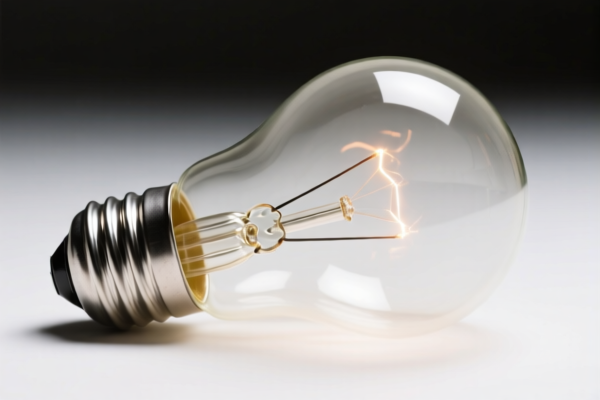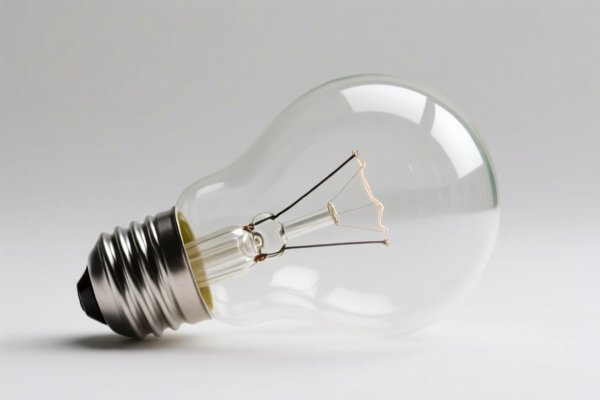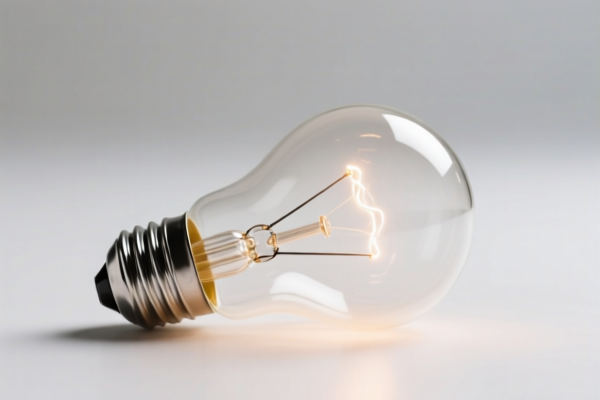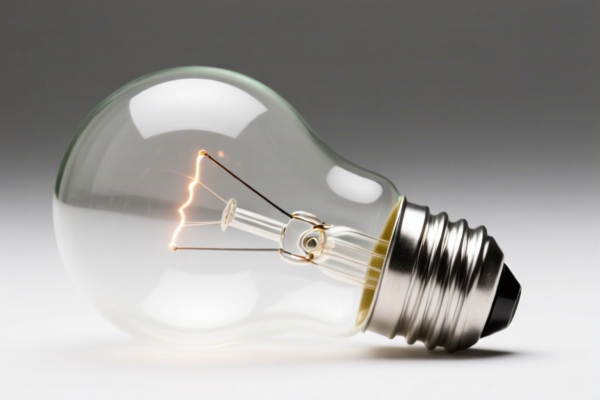| HS Code | Official Doc | Tariff Rate | Origin | Destination | Effective Date |
|---|---|---|---|---|---|
| 8539212040 | Doc | 55.0% | CN | US | 2025-05-12 |
| 8539294000 | Doc | 40.1% | CN | US | 2025-05-12 |
| 8512906000 | Doc | 55.0% | CN | US | 2025-05-12 |
| 8512904000 | Doc | 55.0% | CN | US | 2025-05-12 |




Halogen Light Bulbs
Halogen light bulbs are a type of incandescent lamp that utilizes a tungsten filament enclosed within an inert gas containing a small amount of a halogen gas. This design significantly improves the lifespan and efficiency compared to traditional incandescent bulbs.
Material Composition:
- Tungsten Filament: The core light-producing element. Heating this filament causes it to glow.
- Halogen Gas: Typically iodine or bromine. This is the key component differentiating halogen bulbs from standard incandescent. The gas participates in a chemical cycle that redeposits tungsten back onto the filament, extending its life.
- Quartz Envelope: The bulb’s glass enclosure is made of quartz, capable of withstanding the high temperatures (around 250°C / 482°F) generated during operation. Standard glass would melt.
- Inert Gas: Argon or nitrogen are commonly used to prevent oxidation of the filament.
Purpose & Function:
The primary purpose of a halogen light bulb is to produce bright, white light. They function through incandescence – the emission of light from a heated filament. The halogen cycle is crucial: 1. Tungsten atoms evaporate from the filament during use. 2. These atoms combine with the halogen gas. 3. The halogen-tungsten compounds circulate within the bulb. 4. Heat from the bulb breaks the compounds down, redepositing the tungsten atoms back onto the filament.
This cycle minimizes filament thinning and blackening, resulting in a longer bulb life and consistent brightness.
Usage Scenarios:
- Automotive Headlights: High brightness and compact size make them suitable for vehicle lighting.
- Residential Lighting: Used in track lighting, recessed lighting, desk lamps, and spotlights. Provide a crisp, white light often preferred for task lighting.
- Commercial Lighting: Retail displays, security lighting, and accent lighting.
- Stage Lighting: Though increasingly replaced by LEDs, they were formerly common due to their intense, focused beam.
- Heat Lamps: The heat generated by the bulb is also utilized in some applications.
Common Types:
- Linear Halogen Bulbs (Double-Ended Capsules): Long, cylindrical bulbs often used in track lighting and spotlights.
- MR16 Halogens: Small, bi-pin base bulbs commonly used in accent and display lighting. Require a transformer.
- PAR Halogens: Parabolic Aluminized Reflector bulbs. Feature a built-in reflector to focus the beam. Available in various beam angles.
- G9 Halogens: Small, bi-pin base bulbs used in decorative fixtures.
- JC Type Halogens (Double-Ended): Used in landscape lighting and other specialized applications.
Advantages:
- High Brightness: Produce a bright, white light with good color rendering.
- Compact Size: Smaller than traditional incandescent bulbs for the same light output.
- Longer Lifespan (than standard incandescent): The halogen cycle extends bulb life.
- Dimmable: Compatible with most dimmer switches.
Disadvantages:
- High Heat Output: Generate significant heat.
- Lower Efficiency (than LEDs and CFLs): A substantial portion of energy is released as heat.
- UV Emission: Some halogen bulbs emit UV radiation, requiring shielding in some applications.
- Fragile: The quartz envelope can be easily broken.
- Sensitivity to Oils: Contact with skin oils can shorten bulb life.
Halogen light bulbs are electrical filament lamps designed for use in vehicles or other applications. They fall under the category of light sources and are differentiated by their voltage and intended application.
Here are the relevant HS codes based on the provided information:
-
8539212040: This HS code covers electrical filament lamps, specifically other filament lamps excluding ultraviolet or infrared lamps. More precisely, it applies to tungsten halogen lamps designed for a voltage not exceeding 100V, and intended for vehicles of subheading 8701.21, 8701.22, 8701.23, 8701.24 or 8701.29 or heading 8702, 8703, 8704, 8705 or 8711.
- 85: Electrical machinery and equipment; parts thereof.
- 39: Electrical filament or discharge lamps, including sealed beam lamp units and ultraviolet or infrared lamps; arc lamps; light-emitting diode (LED) light sources; parts thereof.
- 21: Other filament lamps, excluding ultraviolet or infrared lamps.
- 20: Tungsten halogen.
- 40: Designed for a voltage not exceeding 100 V, for specific vehicle types.
-
8539294000: This HS code also covers electrical filament lamps, specifically other filament lamps excluding ultraviolet or infrared lamps. However, it applies to those designed for a voltage exceeding 100V.
- 85: Electrical machinery and equipment; parts thereof.
- 39: Electrical filament or discharge lamps, including sealed beam lamp units and ultraviolet or infrared lamps; arc lamps; light-emitting diode (LED) light sources; parts thereof.
- 29: Other filament lamps, excluding ultraviolet or infrared lamps.
- 40: Other, designed for a voltage exceeding 100 V.
Regarding these HS codes, please note the following:
- The applicable tariff for both codes includes a base tariff of 0.0% and an additional tariff of 25.0%.
- Effective April 2, 2025, the additional tariff will increase to 30.0%, resulting in a total tariff of 40.1% for 8539294000 and 55.0% for 8539212040.
- The correct HS code selection depends on the voltage of the halogen light bulbs and their intended application (specifically, whether they are for the vehicle types listed in 8539212040).
Customer Reviews
No reviews yet.